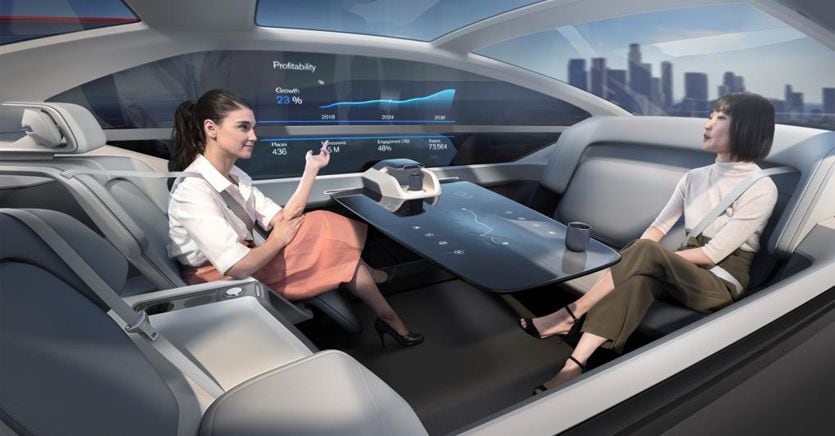The car that drives alone is back in the spotlight. A month ago the Volkswagen group relaunched investments with a plan for robotaxis to 2030, however the state of the art of technology brings us back down to earth.
The race to assisted driving, in fact, currently reached level 3 against the initial forecasts that already provided for the availability of higher ones, was slowed down by that of electrification. Having started the connection of cars to the electricity grid, assisted driving is now back on track, becoming one of the main elements of the vision of the future mobility of the automotive sector, together with electrification and sharing. The strategy is well conveyed, for example, by the Volkswagen Group’s New Auto 2030 plan, which rests on the centrality of large-scale development of new architectures, technologies and software which, of course, will also lead to a drastic reduction in costs.
Loading…
Meanwhile, level 3 assisted driving has recently been unlocked by a United Nations standard, which authorizes the sale of cars with this system. This step has long been hampered by legislative inaction and the consequent repercussions on liability and insurance coverage. However, the new legislation provides for the restriction of speed to 60 per hour and authorizes circulation with the device engaged only on well-defined road sections. At the moment, in Europe it is only allowed on some German motorways and in the rest of the world only in Japan. In other words, only on adequately structured roads, since the cars that drive almost alone are few and are inserted in traffic flows where they have to deal with less technologically advanced cars. What’s more, they can even overtake simply by operating the turn signal.
The models ready to tread the scene with this system are the latest born of the Audi that first arrived at this milestone but which had to put the A8 so equipped, of the BMW that will offer it on standby for three years, starting from full-electric iX and i4, the Honda Sensing Elite and the Mercedes S-class, as well as the Tesla.
These cars can be untangled, legally, without direct intervention by the driver but always requiring his super-vision by activating the Traffic Jam Pilot, which manages departures, braking, steering within the lane. The semi-autonomy of the cars with this driving system is due as much to the evolution of some devices as to the enrichment of the sensorial unit. That is, the growing enrichment of the Adas suite and the use of Lidars, cameras, radars and increasingly advanced ultrasound sensors, which the new goals achieved by Artificial Intelligence are able to manage with more precision and timeliness. The next steps regulated by the SAE (Society of Automotive Engineers) standards are 4 and 5. The first makes the driver temporarily become a passenger, because the suite of assistance and safety systems (automatic or activable) are the only dynamism managers of the car which, for its part, is also able to communicate with the others to prevent or manage dangerous situations.
